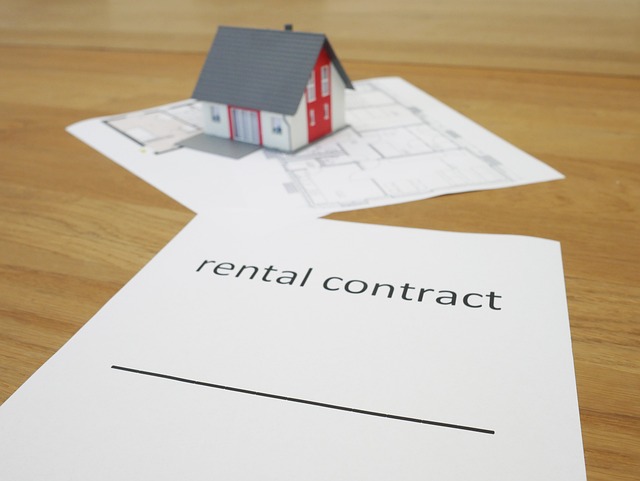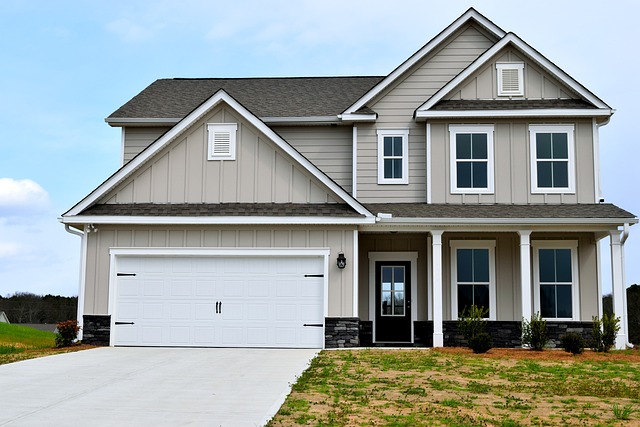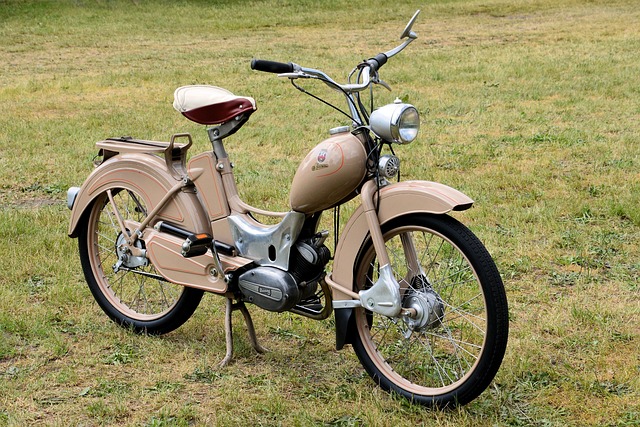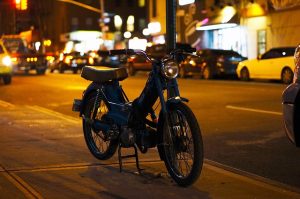Lower speed limits impact the appeal of mopeds for sale in urban areas, affecting both buyers and sellers. While they enhance safety and reduce environmental impact, especially in densely populated regions, stricter restrictions can lengthen commute times and limit market penetration. Cities worldwide are implementing lower speed zones and dedicated moped routes to promote eco-friendly transportation and improve safety, with positive outcomes observed in Amsterdam and London. Advanced technologies, including ADAS and electric mopeds for sale, further enhance safety and sustainability, shaping the future of urban mobility.
“Lower speed limits are transforming the landscape of moped mobility. This article delves into the multifaceted impact of these regulations on various stakeholders in the moped market, from buyers and sellers to environmental concerns. We explore how reduced speeds influence safety, traffic laws, and even the choice of alternative transport options.
Through case studies, we highlight successful lower speed zone implementations, while also looking ahead to future trends and innovations aimed at enhancing safety for slow-moving vehicles, including mopeds for sale.”
Understanding the Impact of Lower Speed Limits on Mopeds for Sale

Lower speed limits often spark debates, especially when it comes to mopeds for sale. These compact and agile vehicles have become a popular mode of transportation in urban areas, appealing to buyers seeking efficient and eco-friendly options. However, stricter speed restrictions can significantly impact their usability and appeal.
When speed limits are lowered, moped riders may face challenges navigating through congested city streets, as reduced velocities could mean longer commute times. This might discourage potential customers who value convenience and quick mobility. Moreover, lower speeds could limit the accessibility of mopeds for sale in certain markets, where faster transportation is perceived as a necessity, impacting both sales volume and the overall desirability of these two-wheelers.
Safety Considerations and Their Effect on Moped Speeds

Lower speed limits are often implemented with safety as a primary concern, and this is particularly relevant when it comes to mopeds. These compact and agile vehicles have gained popularity for their convenience in urban areas, but their smaller size also means they can be more vulnerable on the road. When considering safe speeds for mopeds, several factors come into play. One key aspect is visibility; mopeds often blend into their surroundings due to their small stature, so drivers must exercise extra caution to spot them in traffic.
Additionally, the maneuverability of mopeds allows them to navigate tight spaces and make quick turns, which can be both an advantage and a challenge. While this agility enhances their utility, it also requires drivers to adhere to lower speed limits to have sufficient time to react and avoid potential hazards. With many moped accidents involving collisions with larger vehicles, setting reasonable speed restrictions is essential to protect riders who are often less protected on the road compared to car occupants. This consideration not only ensures the safety of moped riders but also encourages responsible driving behavior among all road users, ultimately contributing to a safer environment for everyone, including those in the market for mopeds for sale.
The Role of Traffic Laws in Regulating Moped Velocities

Traffic laws play a pivotal role in regulating moped velocities, ensuring the safety of all road users, including drivers, pedestrians, and other cyclists. In many regions, specific regulations are in place to control the speed at which mopeds can travel, particularly in urban areas where pedestrian and vehicle traffic densities are high. These laws often involve setting maximum speed limits tailored for mopeds, distinct from those applicable to cars or motorcycles. Enforcement of these limits is crucial, as excessive speeds on mopeds can lead to severe accidents due to their smaller size and lower maneuverability compared to larger vehicles.
When considering mopeds for sale, potential buyers must be aware of the local traffic laws governing speed restrictions. Adhering to these regulations not only ensures legal compliance but also significantly enhances safety while riding. Moreover, many cities are adopting more stringent rules, including low-emission zones and specific routes designated for mopeds, to further reduce noise pollution and encourage sustainable mobility.
How Lower Limits Affect Moped Buyers and Sellers

Lower speed limits can significantly impact the market for mopeds, both positively and negatively. For buyers looking to purchase mopeds for sale, reduced speeds mean safer riding conditions, especially in urban areas. This shift can encourage more people to consider mopeds as a practical and eco-friendly transportation option. With lower speeds, drivers have better control, making them more appealing to those seeking a relaxed commute or leisure rides.
On the other hand, sellers might face challenges. Lower speed limits could potentially decrease the desirability of high-performance mopeds among some buyers who prioritize speed. This change may encourage sellers to focus on marketing mopeds’ environmental benefits, maneuverability in traffic, and cost-effectiveness to attract a new set of consumers who value these aspects more than top speed.
Environmental Implications of Slower Moped Travel

Lower speed limits, particularly on urban roads where mopeds for sale are commonly used, have significant environmental benefits. Slower travel reduces energy consumption and minimizes greenhouse gas emissions, contributing to cleaner air and a reduced carbon footprint. This is especially important in densely populated areas where traffic congestion is prevalent. By encouraging more efficient driving habits, cities can significantly lower their overall environmental impact.
Moreover, slower speed limits promote quieter urban environments. Mopeds, despite their convenience, contribute to noise pollution when traveling at higher speeds. Lowering speed limits can lead to a notable decrease in noise levels, making urban spaces more livable for residents and reducing the strain on local ecosystems. This shift towards sustainable mobility options, like mopeds for sale designed for eco-friendly travel, aligns with global efforts to create greener cities and mitigate climate change impacts.
Exploring Alternative Transport Options at Reduced Speeds

Reduced speed limits often encourage a re-evaluation of personal transportation choices, opening up opportunities to explore alternative options that are both eco-friendly and efficient. One such option gaining popularity is the moped. Mopeds for sale have seen a surge in demand as cities embrace more sustainable mobility solutions. These lightweight, maneuverable vehicles are perfect for navigating busy urban areas at slower speeds, reducing congestion and emissions.
With lower speed limits, mopeds can offer a fun and practical way to commute or run errands, allowing riders to easily zip through traffic while enjoying a more relaxed pace. This shift towards alternative transport options not only benefits the environment but also promotes a healthier lifestyle by encouraging active commuting.
Case Studies: Successful Implementation of Lower Speed Zones

In many urban areas, the successful implementation of lower speed zones has led to significant improvements in safety and quality of life. One notable example is the city of Amsterdam, Netherlands, which has extensively adopted 30 km/h (18 mph) speed limits in residential neighborhoods. This initiative, known as “Wijken met 30,” or “Neighborhoods with 30,” has resulted in reduced traffic accidents and fatalities, especially among vulnerable road users like children and cyclists. The presence of lower speed zones encourages drivers to be more attentive and cautious, fostering a safer environment for everyone on the road.
Additionally, cities worldwide have seen positive outcomes from implementing speed limits in areas near schools and parks. For instance, in London, UK, 20 mph (32 km/h) zones around schools have been shown to enhance pedestrian safety during peak hours when children are arriving or leaving school. This strategy not only reduces the risk of accidents but also diminishes traffic congestion, making it easier for mopeds for sale and other transportation options to navigate these areas smoothly. These case studies demonstrate that lower speed limits can be effectively implemented to create safer, more livable urban spaces without compromising efficiency.
Future Trends and Innovations for Safer, Slow-Moving Vehicles

The future of safer, slow-moving vehicles looks promising with emerging technologies aiming to enhance visibility and reduce accidents. One notable trend is the integration of advanced driver-assistance systems (ADAS) into mopeds for sale and other low-speed vehicles. These systems include features like automatic emergency braking, lane departure warnings, and adaptive cruise control, which can significantly improve road safety by mitigating human error.
Furthermore, the development of electric mopeds for sale is accelerating, with advancements in battery technology leading to longer ranges and faster charging times. Electric vehicles offer numerous benefits, including reduced noise pollution and lower carbon emissions, making them an eco-friendly option. With continued innovation, we can expect to see more sophisticated safety features and greener alternatives on the roads, contributing to a smoother and safer travel experience for all.
